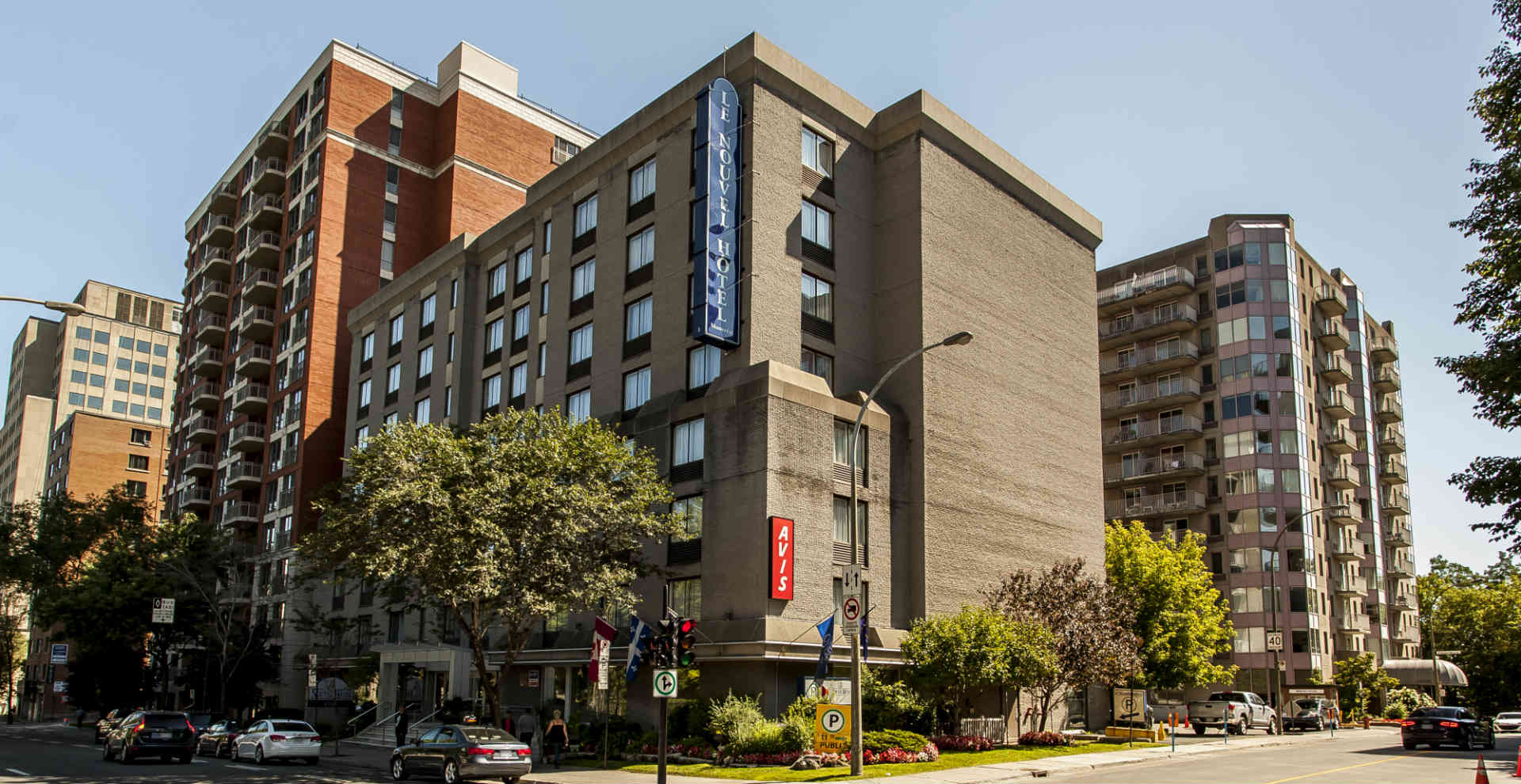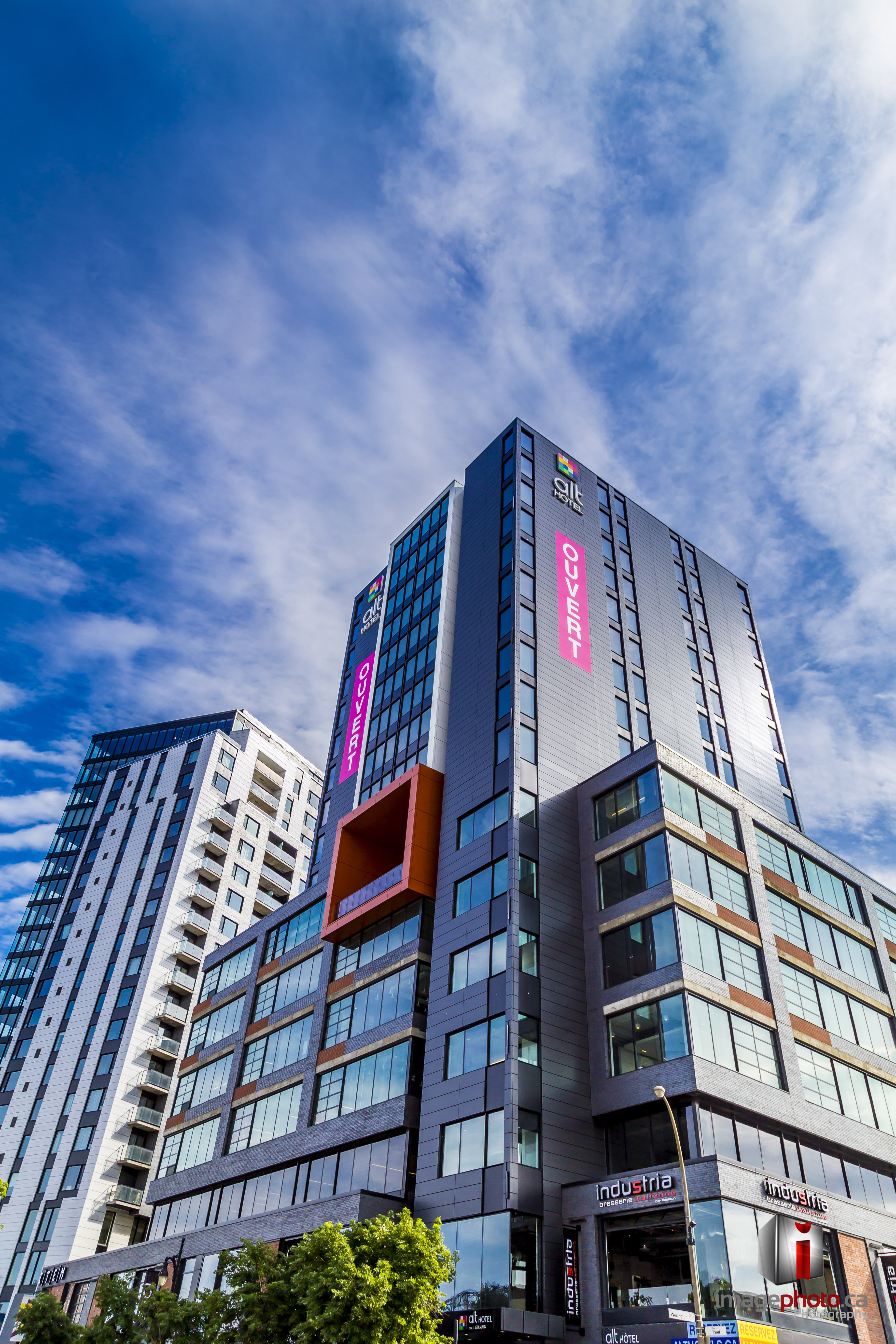Session Chairs
Mihai Mitra,Computer Science, Telecom SudParis, France
Dr. Jenny Benois-Pineau, Computer science, Université de Bordeaux, France
Description
Rather then completing the academic and industrial expectancies, the impressing number of state-of-the-art saliency oriented studies open new fundamental questions about the very nature of this psycho-cognitive process:
- is saliency extraction proper to the (visual) content or rather influenced by the (digital) format; in other words, pixel, transform or compressed domain saliency extraction are equally good?
- is saliency extraction generic with respect to a targeted applicative field or should/can it be matched to the application peculiarities?
- makes it sens to speak about a general saliency model or it would be better to adapt the saliency extraction procedure to the content (or, at least, to the class of content) being process?
- how is human fixation influenced by multi-views video representations (stereoscopic, …, 360 video)?
- How to predict both bottom-up and top-down attention?
Paper Submission
Please submit your full paper choosing the right track on the Conference Management Toolkit (Microsoft’s CMT) site. See Paper Submission page for more details. All papers must be written in English and should describe original work. The length of the paper is limited to a maximum of 6 pages (in the standard IEEE conference double column format).
Important dates
| Submission Deadline: | July 10th July 24th August 30th at 11h59pm pacific time (UTC-7) |
| Notification of Acceptance: | September 30th, 2017 |
| Final Paper Submission: | October 15th, 2017 |
Session Chairs
Dr. Moulay Akhloufi, Computer Science, University of Moncton, Canada
Dr. Mustapha Kardouchi, Computer Science, University of Moncton, Canada
Dr. Lucile Rossi, UMR CNRS 6134 SPE, University of Corsica, France
Description
Recent years have known an increase of interest in infrared imaging and multimodal vision; both from the research community and the industry. This popularity has been mainly driven by the decrease in camera prices and an increase in their performance. Modalities that were once mostly limited to the military, are now expanding into commercial and industrial applications. This expansion comes with a demand for new advanced signal and image processing algorithms to solve problems in a variety of new emerging areas of application using multimodal vision in and beyond the visible spectrum. This special session aims to bring together researchers in these areas to share their latest results.
Potential topics related to multimodal vision include, but are not limited to:
- Multimodal vision: Infrared, terahertz, 3D vision, millimeter wave imaging, etc.
- Image and signal filtering and enhancement
- Image segmentation, analysis, and classification
- Feature extraction and pattern recognition
- Deep learning techniques
- Multimodal fusion, registration, and analysis
- Multispectral and hyperspectral processing
- Benchmarking and algorithm optimization
- Applications: Biometrics; Biomedical imaging; Video-surveillance and security; Natural and environmental research; Remote sensing; Civil engineering, archeology, and art conservation; etc.
Paper Submission
Please submit your full paper choosing the right track on the Conference Management Toolkit (Microsoft’s CMT) site. See Paper Submission page for more details. All papers must be written in English and should describe original work. The length of the paper is limited to a maximum of 6 pages (in the standard IEEE conference double column format).
Important dates
| Submission Deadline: | July 31th, 2017 |
| Notification of Acceptance: | September 30th, 2017 |
| Final Paper Submission: | October 15th, 2017 |
We have reserved a block of rooms for IPTA2017 participants at the following hotels. The rooms are available by contacting the hotels through their website.
Marriott Château Champlain
1 Place du Canada
Montreal, Quebec, Canada
H3B 4C9
1-800-200-5909

Marriott Style. Montréal Magic. Your Way.A vibrant European-influenced metropolis with an almost endless list of things to discover and enjoy. An extraordinary hotel perfectly situated in the heart of it all. This is waiting for you in the one-of-a-kind city of Montréal and at the utterly unique Marriott Château Champlain Montréal hotel.
The Best Of Montréal At Your Doorstep. Quickly get to almost anywhere in downtown Montréal for business, pleasure or simply to experience the pervasive joie de vivre. Come back to what many call the best views in the city of Montréal and be surrounded by Marriott style and comfort. Perfect for pleasure. Built for business. This is the Montréal Marriott Château Champlain Hotel.
Distance from the venue
- 9 minutes walking time
- 7 minutes with public transportation
Room rates (per night)
| Without breakfeast | 155.00$ + taxes |
Reservation Link
Reservation can be made directly with the hotel using this conference reservation link.
Le Nouvel Hotel & Spa
1740 Boulevard René-Lévesque O
Montreal, Quebec, Canada
H3H 1R3
1-514-931-8841

Le Nouvel Hôtel & Spa is proud to be your home away from home in downtown Montreal. We offer elegant accommodations, including 128 guest rooms, 44 studio suites with kitchenettes and five loft suites, all of which have been designed for your complete comfort and relaxation. The well-lit and airy ambiance of our well-designed rooms and suites work together to create a place of repose that you'll thoroughly enjoy. For your added comfort, our hotel is a completely smoke-free environment.
During your stay at Le Nouvel Hôtel & Spa, you'll enjoy such indulgences as room service, a coffeemaker right in your room, in-room safe and complimentary wireless Internet throughout the hotel. In each room, you’ll find a cleverly designed work space with enhanced lighting and integrated computer jacks that was well planned by someone who understands the rigors of working away from the office
Distance from the venue
- 20 minutes walking time
- 17 minutes with public transportation
Room rates (per night)
| Without breakfeast | 109.00$ + taxes |
| Breakfeast included | 124.50$ + taxes |
Reservation Link
Reservation can be made directly with the hotel using this conference reservation link.
Alt Hotel Griffintown
120 Rue Peel
Montreal, Quebec, Canada
H3C 0L8
1-855-823-8120

Beautiful rooms with absolutely everything you need: a comfortable bed, a nice hot shower and super-fast Wi-Fi. All this in a modern environment where you can sit back, relax and enjoy a drink.
At the crossroads of Young, Peel, Wellington and Smith Streets, the Alt Hotel Montreal is nested in the trendy Griffintown neighbourhood, at the entrance of the city’s centre and steps away from the Lachine Canal and Old Montreal area.
Distance from the venue
- 5 minutes walking time
Room rates (per night)
| Single | Double | |
| Without breakfeast | 169.00$ + taxes | 189.00$ + taxes |
| Breakfeast included | 184.50$ + taxes | 204.50$ + taxes |
This special rate is available up to september 29, 2017 and is subject to availability.
Reservation Link
Reservation can be made through the hotel website using IPTA2017 as promotion code.
Session chairs
Friedhelm Schwenker, Ulm University, Germany
Eric Granger, École de technologie supérieure, Canada
Description
Such an interactive companion must be capable of perceiving and interpreting information about the user in order to be able to produce an appropriate response. The proposed special session mainly focuses on image and video processing, pattern recognition, machine learning and information fusion methods for the perception of the user’s affective state, activities and intentions.
The workshop topics include but are not limited to:
- Pattern Recognition and Machine Learning Algorithms to recognize emotions, activities and intentions
- Image and video processing
- Feature extraction, feature selection and feature learning
- Learning from partially labeled data
- Learning from sequential data
- Deep learning architectures
- Algorithms to combine information from multiple modalities
- Information fusion (early, late, intermediate fusion)
- Multi Classifier Systems and Multi View Classifiers
- Temporal information fusion
- Applications relevant to the workshop
- Intelligent interaction
- Assistive systems and companion systems
- Applications e.g. in healthcare
- Datasets and benchmark relevant to the special session topics
Paper Submission
Please submit your full paper choosing the right track on the Conference Management Toolkit (Microsoft’s CMT) site. See Paper Submission for more details. All papers must be written in English and should describe original work. The length of the paper is limited to a maximum of 6 pages (in the standard IEEE conference double column format).
Important dates
| Submission Deadline: | July 10th July 24th July 31that 11h59pm pacific time (UTC-7) |
| Notification of Acceptance: | September 30th, 2017 |
| Final Paper Submission: | October 15th, 2017 |
Session chairs
Dr. Xiaoyue Jiang, Northwestern Polytechnical University, China
Dr. Zhaoqiang Xia, Northwestern Polytechnical University, China
Description
Recently deep learning has shown its great capability for the descriptions of complexed data, and consequently achieved the state-of-the-art performance in many computer vision tasks, such as object detection, object recognition, image segmentation and so on. Object recognition is one of the most essential tasks for computer vision, which provide fundamental information for higher level image understanding tasks. Due to the variant view position, environment situation, and possible deformation of the object itself, recognition of object visually is still a challenge problem. Recently, researchers address object recognition problem with the deep learning based methods due to the rich hierarchical deep feature. However, how to design optimal deep learning neural network is still unclear. In addition, the deep learning neural network always requires a huge amount of training data to achieve proper performance of the network. All of these problems limits the widely application of deep learning networks. Based on the tasks of object detection, this special session aims to encourage original and novel ideas of the structure design of deep learning neural networks and its applications in many different situations.
The topics of interest include, but are not limited to:
- Deep learning networks for object recognition;
- Optimal design of deep learning networks;
- Understanding of deep learning features and its applications;
- Deep learning method for small sample datasets;
- Transfer learning for deep learning based methods.
Paper Submission
Please submit your full paper choosing the right track on the Conference Management Toolkit (Microsoft’s CMT) site. See Paper Submission for more details. All papers must be written in English and should describe original work. The length of the paper is limited to a maximum of 6 pages (in the standard IEEE conference double column format).
Important dates
| Submission Deadline: | July 10th July 24th July 31that 11h59pm pacific time (UTC-7) |
| Notification of Acceptance: | September 30th, 2017 |
| Final Paper Submission: | October 15th, 2017 |